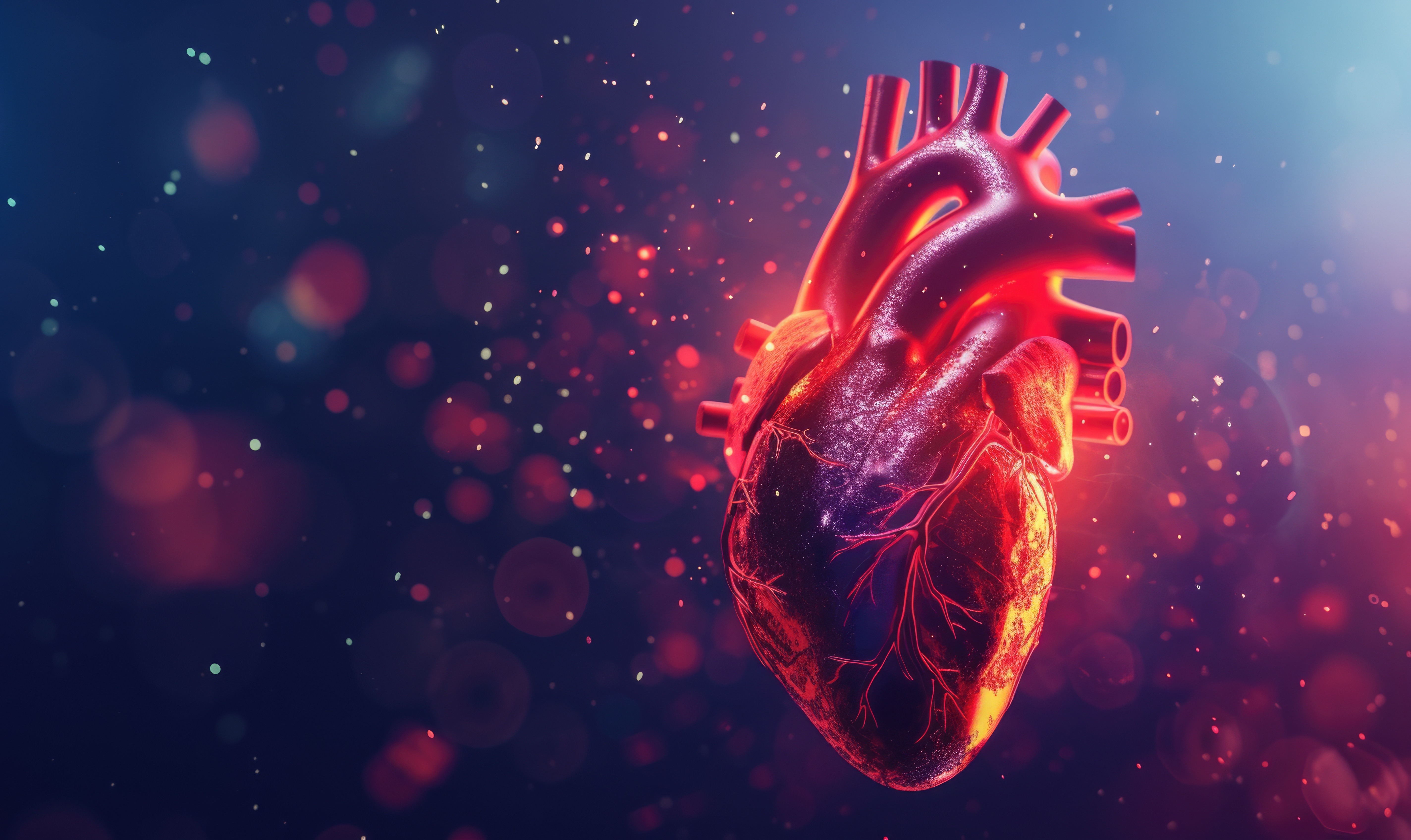
As the production and consumption of plastics continues to surge, so too has the accumulation of plastic waste.
Most plastics do not break down easily and can take anywhere from a few decades to hundreds of years to decompose naturally. For example, a typical plastic bottle takes up to 450 years to decompose in landfill, and with over 1 million of these being purchased globally every minute, single-use plastics pose a significant threat to the environment.
Existing recycling methods are not without limitations – so how do we solve this problem?
The scientific community has increasingly turned to biologically inspired solutions to some of our biggest challenges - an approach now being applied to the problem of plastic waste, with microbes emerging as a promising solution in plastic waste management. In 2016, a team of researchers in Japan identified a strain of bacteria capable of breaking down and consuming polyethylene terephthalate (PET), which is commonly used in plastic bottles as well as other food and drinks packaging. These enzymes, isolated from Ideonella sakaiensis, are named “PETases” and hold promise in the recycling of commonly polluting plastics. Through genetic engineering, this emerging toolbox has been expanded, with the development of new strains of PETases specifically tailored to break down microplastics in salt water. Scientists have also discovered bacterial strains that can degrade other types of plastics at low temperatures.
Federica Bertocchini and collaborators at PlasticEntropy have also been exploring biology-inspired solutions, having identified enzymes from the saliva of the waxworm Galleria mellonella which are able to break down polyethylene. These enzymes – named Demetra, Ceres, Cora and Cibeles – can destroy polyethylene within a matter of hours, speeding up the plastic degradation process by centuries.
Innovators are now starting to explore how microorganisms capable of breaking down plastics can be used to make sustainable ‘living’ materials, and also how biology can be used to transform waste plastics into high value products in the move towards a plastic circular economy.
Engineered Living Biomaterials
Researchers have recently reported the development of a biocomposite plastic material where plastic-digesting bacteria are directly embedded into the material, creating a self-digesting plastic. The technology is based on incorporating bacterial spores into polyurethane – a commonly used plastic material in foam products, textiles and adhesives – generating what is known as an engineered living material.
A key challenge in this work was to ensure that the bacteria can survive the harsh temperatures used during plastic manufacturing. To enable this, the scientists used spores – a dominant form of bacteria with increased heat tolerance – rather than bacterial cells, and genetically engineered these to further improve heat tolerance to ensure their survival at high temperatures. The resultant engineered material has improved toughness, and crucially, at the plastic’s end-of-life, the spores can germinate into living bacterial cells under mild conditions in compost at 37°C. These bacterial cells then start to disintegrate the plastic, with over 90% biodegradation reportedly occurring within 5 months.
This approach highlights a promising intersection between synthetic biology and materials science and offers hope for sustainable waste disposal solutions.
More broadly, engineered living materials represent a burgeoning field of development with significant potential for sustainability applications. An example is start-up Basilisk which focuses on developing sustainable concrete. Their self-healing concrete incorporates bacteria, which when exposed to water, activates to fill cracks in the concrete with limestone. This biological process effectively ‘heals’ the cracks, thus extending the materials lifespan, improving sustainability, and lowering the carbon footprint associated with concrete.
Another player in the engineering living materials space is Pneuma. The team have developed OXYA, a photosynthesizing biomaterial containing living microalgae cells embedded into textile fibres. When exposed to sunlight, the microalgae are able to photosynthesize and act as a biological carbon-capturing unit. The engineered material actively reduces carbon emissions and is also biodegradable, and has a potentially wide range of applications including sustainable construction and fashion.
Biological Upcycling
Biotechnology is enabling not only the removal of plastic waste and diversion of these materials from landfill, but is useful in transforming waste into high‑value products. Biological ‘upcycling’ is emerging as a promising approach that extracts value from the monomers generated at the end of the biodegradation. This creates a sustainable pathway to new materials and promotes a circular economy. Even though plastic waste upcycling is still in its infancy stage there is wide interest in applying these techniques to different waste streams.
For example, the IBioIC in Scotland has brought together Impact Solutions and Professor Stephen Wallace who has experience using engineered E. coli to digest PET and produce vanillin. The collaboration aims to advance a pioneering project exploring the use of plastic waste as building blocks for pharmaceutical products. The project focuses on investigating the use of genetically modified bacteria and enzymes to break down polyethylene terephthalate (PET) into starting materials for the manufacture of drugs for neurological conditions. This represents an exciting advancement in sustainable pharmaceuticals which may contribute to net zero targets and find cross-sector applications.
Biological upcycling is also at the centre of Allonia’s work. The team are developing new strains of bacteria including those capable of upcycling polyurethane from foam mattresses and nylon to solve waste challenges in a range of sectors including mining, plastics and PFAS. Protonera is another spin-out company active in this area, working on turning waste plastics into green hydrogen.
The potential of enzymes is enormous, but with so many possibilities in the sequence space, finding the right one is a huge challenge. Enter Evoralis, whose pioneering high throughput microfluidic screening technology has allowed them to identify and optimise enzymes to break down a range of plastics enabling the recycling of textiles which are typical a tricky mixture of polymer types.
Looking Ahead
Biological processes hold promise in addressing the plastic crisis, and also have the potential to help address a wide range of sustainability issues. The synergy of biology, chemistry and materials science represents a transformative force in the development of sustainable materials with unique characteristics, and biological processes can be harnessed to repurpose waste plastics into new high-value materials. These innovative solutions are paving the way as we begin to transition to a cleaner, greener future.
Jane is a patent attorney in our chemistry team. She has a MSci degree in Natural Sciences and a PhD in Chemical Biology from the University of Cambridge. Her doctoral research focused on developing novel methods to detect sites of DNA damage by next-generation sequencing. She joined Mewburn Ellis in 2019.
Email: jane.liu@mewburn.com
Sign up to our newsletter: Forward - news, insights and features
Our people
Our IP specialists work at all stage of the IP life cycle and provide strategic advice about patent, trade mark and registered designs, as well as any IP-related disputes and legal and commercial requirements.
Our peopleContact Us
We have an easily-accessible office in central London, as well as a number of regional offices throughout the UK and an office in Munich, Germany. We’d love to hear from you, so please get in touch.
Get in touch/JANE%20LIU-1.png?width=100&height=100&name=JANE%20LIU-1.png)

